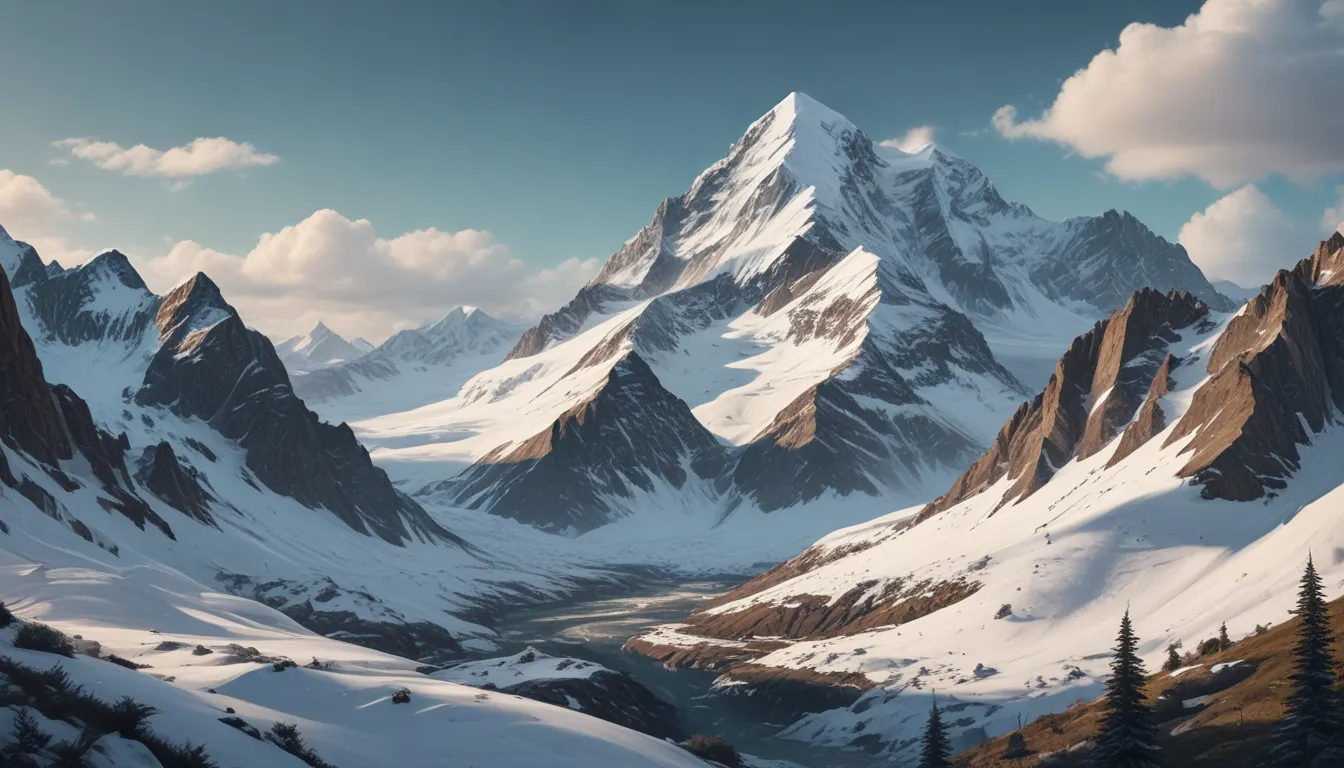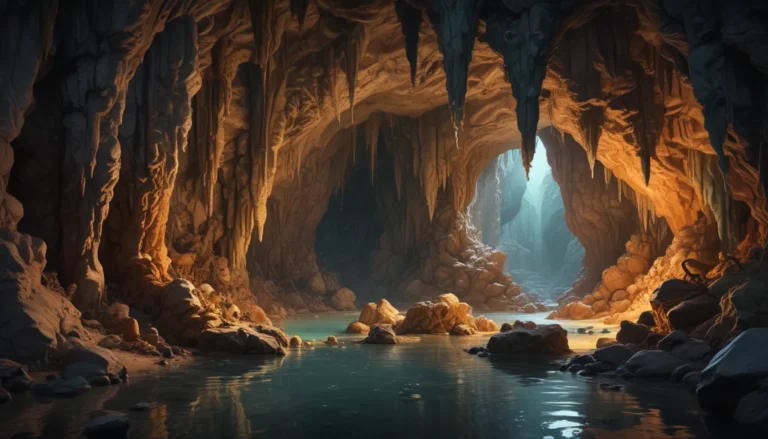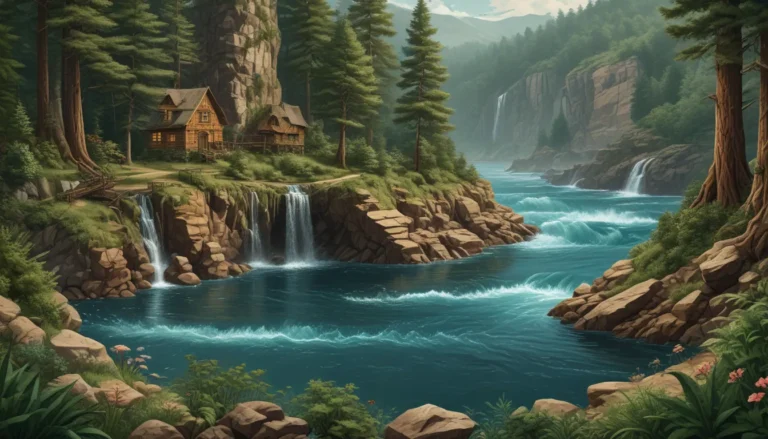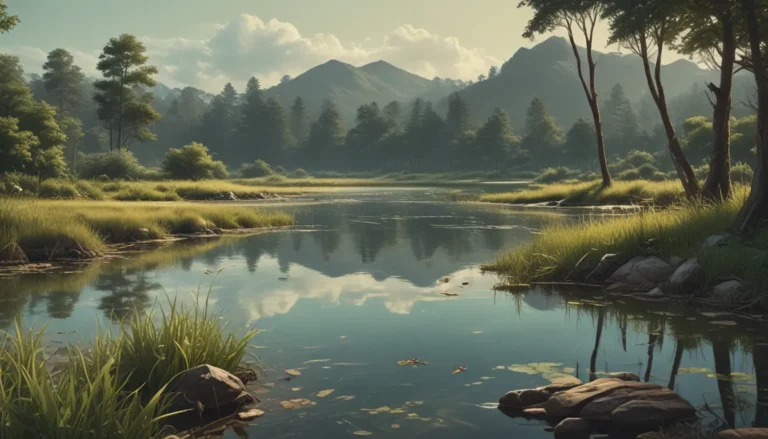A Note About Images: The images used in our articles are for illustration purposes only and may not exactly match the content. They are meant to engage readers, but the text should be relied upon for accurate information.
When we gaze upon snow-capped mountains, we often find ourselves lost in their beauty, imagining thrilling adventures and peaceful winter scenes. But beyond their visual appeal, these majestic peaks hold a treasure trove of fascinating facts that shed light on their significance in shaping our planet. From the diverse ecosystems they support to their role in climate regulation, snow-capped mountains are truly captivating. Join us on a journey through the realm of these towering natural wonders as we uncover nine surprising facts that will leave you in awe.
The Breathtaking Beauty of Snow-Capped Mountains
The towering presence of snow-capped mountains has long captivated the human imagination. Adorned in a blanket of glistening snow, these natural wonders have intrigued adventurers, poets, and nature enthusiasts for centuries. The sight of these majestic peaks reaching towards the sky evokes a sense of wonder and admiration, inviting us to embrace the profound beauty of nature.
A Global Phenomenon: Snow-Capped Mountains Across Continents
One of the remarkable aspects of snow-capped mountains is their widespread presence across the globe. From the iconic Himalayas in Asia to the majestic Rockies in North America, and from the picturesque Alps in Europe to the stunning Andes in South America, these towering peaks can be found in diverse regions of the world. Each mountain range boasts its unique charm and allure, drawing visitors from near and far to witness their grandeur.
The Tranquil Aura of Snow-Capped Mountains
The serene and tranquil atmosphere that envelops snow-capped mountains is undeniable. The untouched white snow, coupled with the towering peaks, creates a sense of peace and tranquility that beckons us to connect with nature. The calmness of these surroundings inspires introspection and reflection, allowing us to appreciate the simple yet profound beauty of the natural world.
The Lifesource of Freshwater: Snow-Capped Mountains’ Role
Snow-capped mountains serve as nature’s water towers, melting snow to provide freshwater for rivers and streams downstream. This vital role in water supply is crucial for sustaining ecosystems and human settlements. As natural water reservoirs, snow-capped mountains ensure a steady supply of freshwater for various purposes, highlighting their indispensable contribution to our planet’s well-being.
Biodiversity and Adaptation: Unique Flora and Fauna in Snow-Capped Mountains
The extreme conditions of snow-capped mountains have given rise to a diverse array of flora and fauna that have adapted to thrive in these harsh environments. Rare and endangered species such as the elusive snow leopard, resilient mountain goats, and a myriad of alpine plants call these mountains home. The biodiversity found in snow-capped mountains adds to their ecological significance and underscores the importance of preserving these fragile ecosystems.
Thrilling Adventures Await: Activities in Snow-Capped Mountains
For adventure enthusiasts, snow-capped mountains offer a plethora of exhilarating activities. From skiing and snowboarding down steep slopes to mountaineering and ice climbing, these majestic peaks provide endless opportunities for thrill and excitement. Exploring the untouched snowfields and conquering the summits of these mountains create unforgettable memories and forge a deep connection with nature’s grandeur.
Inspiration in Nature’s Canvas: Artists and Snow-Capped Mountains
Throughout history, snow-capped mountains have been a wellspring of inspiration for artists. From timeless landscape paintings to evocative poetry and literature, these majestic peaks have sparked creativity and artistic expression. The interplay of light and shadow on snow-covered slopes offers a captivating subject for artists to capture the essence of nature’s beauty and magnificence.
Climate Guardians: Snow-Capped Mountains and Climate Regulation
Snow-capped mountains play a vital role in regulating the Earth’s climate. The reflective nature of snow helps cool the surrounding environment by reflecting sunlight back into space. Additionally, the melting snow contributes to the water cycle, maintaining the balance of precipitation and moisture levels in different regions. The impact of snow-capped mountains on climate underscores their significance in shaping weather patterns and maintaining ecological balance.
Tourist Havens: Snow-Capped Mountains as Popular Destinations
Snow-capped mountains attract millions of tourists each year, drawn to their beauty and the myriad of experiences they offer. Ski resorts, hiking trails, and scenic drives in these mountainous regions provide ample opportunities for travelers to immerse themselves in nature’s splendor and embark on unforgettable adventures. The allure of snow-capped mountains as tourist destinations underscores their universal appeal and enduring popularity among visitors worldwide.
In conclusion, snow-capped mountains stand as awe-inspiring natural wonders that captivate our senses and inspire admiration. From their crucial role in freshwater supply to their support of unique ecosystems, these majestic peaks are more than just scenic landscapes—they are vital components of our planet’s ecological health. Whether you seek adventure or artistic inspiration, a journey to snow-capped mountains promises unforgettable experiences and lasting memories. So pack your bags, embrace the wonder of nature, and allow yourself to be captivated by the beauty of snow-capped mountains.
FAQs: Exploring Snow-Capped Mountains
-
How are mountains formed?
Mountains are formed through geological processes such as tectonic plate movements, volcanic activity, and erosion, shaping the Earth’s crust over millions of years. -
Why do some mountains have snow all year round?
Mountains with high elevations and colder climates retain snow year-round due to lower temperatures and consistent snowfall, creating the iconic snow-capped peaks. -
Do snow-capped mountains impact weather patterns?
Yes, snow-capped mountains influence weather by acting as barriers that cause air to rise, cool, and release moisture, affecting wind patterns and creating localized microclimates. -
What wildlife inhabits snow-capped mountains?
Snow-capped mountains are home to diverse wildlife, including snow leopards, mountain goats, pika, and various bird species adapted to survive in harsh mountain habitats. -
How do snow-capped mountains benefit ecosystems?
Snow-capped mountains provide essential ecosystem services by storing snow and ice that melt to supply freshwater to rivers and streams, supporting downstream ecosystems, agriculture, and communities. -
Can you ski on snow-capped mountains?
Absolutely! Snow-capped mountains are popular destinations for skiing and snowboarding enthusiasts, offering thrilling winter sports opportunities on their challenging slopes. -
What dangers are associated with snow-capped mountains?
Snow-capped mountains present risks such as avalanches, extreme weather, altitude sickness, and rugged terrain, necessitating preparation, guidance, and proper equipment for safe exploration. -
How does climate change impact snow-capped mountains?
Climate change poses a significant threat to snow-capped mountains as rising temperatures lead to glacier melting, decreased snowfall, and impacts on water availability and ecological balance. -
Are there famous snow-capped mountains?
Indeed! Famous snow-capped mountains like Mount Everest, Kilimanjaro, the Matterhorn, and Denali have captured the imagination of explorers and continue to attract visitors with their grandeur and beauty.
Embrace the Wonder of Snow-Capped Mountains
As we delve into the fascinating world of snow-capped mountains, we uncover the secrets of these majestic peaks and their profound impact on the planet. From providing vital freshwater to hosting unique ecosystems, snow-capped mountains are essential guardians of our environment. Whether you seek adventure, artistic inspiration, or simply a moment of awe, these towering natural wonders offer a sanctuary for exploration and discovery. Let the beauty of snow-capped mountains inspire you to appreciate the marvels of nature and cherish the splendor that surrounds us.






